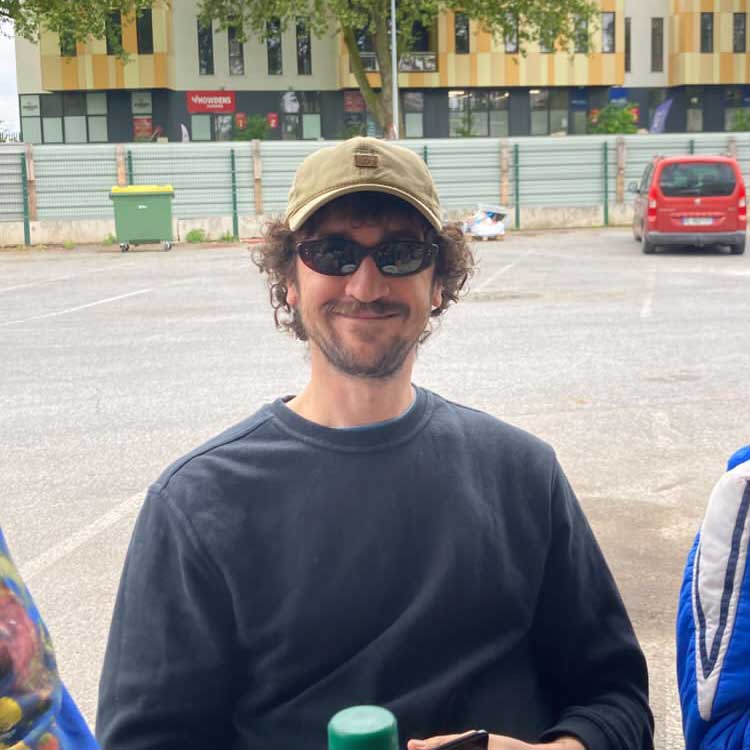1988年出生于纽约,2015年至2018年,在巴黎城市艺术学院学习绘画,现居住于巴黎都会区。他将描绘的模型进行精致的处理,作品直接而真实,不时以大胆的色彩的运用引发观者情感的共鸣。这些作品表现出对细节和现实生活片段的浓厚兴趣,常常体现出对美学和现实的独特探索。艺术家收集、剪裁、取样并超越了最平庸的图像,使其成为名副其实的"创造性的变体"。对于图像的收集和使用,显示出加斯帕德·阿尔比辛作为一个数字时代的“闲逛者(flâneur)”和“收藏家(collectionneur)”的身份。在他的图像收藏中,我们发现有趣、不寻常、轶事和奇异,所有这些都是通过最常见的普通事物来实现的,他的画作通常聚焦于日常场景和物品,通过对色彩、纹理和光线的精心处理,赋予这些普通元素以新的意义和深度,可以观察到对饱和色彩的运用,以及对图像的重新框架和情境化,这使得他的画作不仅仅是对现实的再现,更是对现实的再想象和再创造。它们从周围环境中分离出来,成为另一个世界,一个不断寻找新事物的世界的无声象征。画家沉浸在这个被贝尔廷称为“泛化意象狂”的新时代——在这个时代,图像“来自四面八方,被毫无节制地使用”,为我们提供了一种对现实与再现之间的关系的新的感知体验。
Born in New York in 1988, he studied painting at the Paris School of Art from 2015 to 2018 and currently lives in the Paris metropolitan area. He delicately handles the models he depicts, and his works are direct and real, and from time to time he uses bold colors to evoke emotional resonance in the viewer. These works show a strong interest in details and fragments of real life, and often reflect a unique exploration of aesthetics and reality. The artist collects, cuts, samples and transcends the most mediocre images, making them veritable "creative variants". The collection and use of images show Gaspard Albizzin's identity as a "flâneur" and "collector" in the digital age. In his collection of images we find the interesting, the unusual, the anecdotal and the bizarre, all achieved through the most commonplace of things. His paintings often focus on everyday scenes and objects, giving these ordinary elements new meaning and depth through a careful treatment of color, texture and light. The use of saturated colors can be observed, as well as the reframing and contextualization of the images, which makes his paintings not just a reproduction of reality, but a re-imagination and re-creation of reality. They are separated from their surroundings and become silent symbols of another world, a world that is constantly looking for something new. The painter is immersed in this new era that Belting calls "generalized imagism" - in which images "come from all directions and are used without restraint", offering us a new perceptual experience of the relationship between reality and representation.


